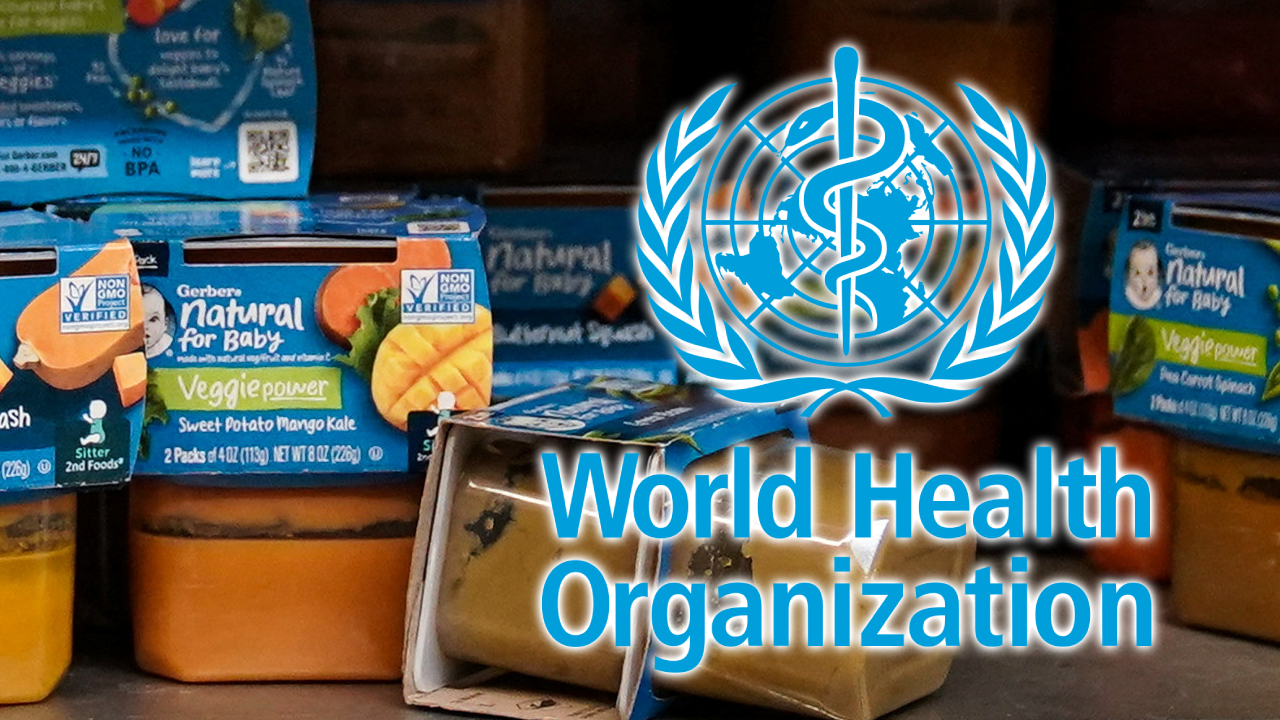The baby food aisle in U.S. supermarkets is a place where new parents often seek convenience, nutrition, and reassurance that their choices are in the best interest of their child’s health.
However, a recent study has uncovered a startling reality: nearly two-thirds of baby foods marketed in the United States are not meeting nutritional guidelines set by the World Health Organization (WHO). This finding raises significant concerns about the impact of these products on infant and toddler health and underscores the need for stricter regulations and better consumer awareness.
Table of Contents
A Glimpse into the Study
The study, published in the peer-reviewed journal Nutrients, analyzed 651 baby and toddler food products across ten major U.S. supermarket chains. The results were sobering: 60% of these products failed to meet WHO nutritional guidelines. Even more concerning, 70% of the foods did not meet the recommended protein content, and 25% were found to be lacking in calories. Additionally, 20% of the products contained salt levels above the WHO’s suggested limits, and nearly half exceeded recommended sugar levels.
One of the most surprising findings was the prevalence of added or hidden sweeteners in baby foods. The study revealed that 25% of the products contained sweeteners that were either added directly or masked by the inclusion of fruit concentrates. These findings highlight the fact that many baby foods are far from the nutritious options parents believe they are purchasing.
The Convenience Trap: Baby Food Pouches
One of the fastest-growing segments in the baby food market is the pouch category. Sales of baby food pouches have skyrocketed by 900% over the past 13 years in the U.S., driven by their convenience and ease of use. These pouches are particularly appealing to busy parents, offering a quick and mess-free feeding solution. However, the study’s findings suggest that this convenience may come at a significant cost to a child’s health.
Dr. Mark Corkins, a pediatric gastroenterologist and chair of the American Academy of Pediatrics Committee on Nutrition, expressed concerns about the impact of pouches on children’s eating habits. He emphasized that children need to learn to chew and experience a variety of textures during critical developmental windows. Pouches, which often contain overly sweetened purees, can create an unhealthy preference for sweet flavors and smooth textures, potentially leading to picky eating and texture aversion later in life.

Lack of Regulation and Misleading Marketing
One of the most alarming aspects of the study is the lack of regulatory oversight in the U.S. baby food market. Unlike in countries such as Australia, the U.K., and New Zealand, where regulations are stricter, the U.S. has minimal guidelines governing the labeling and marketing of baby foods. In these other countries, manufacturers are required to clearly list the percentages of ingredients on the label, and misleading product names are less common. For example, a product containing primarily apples or pears with small amounts of spinach or beef would be required to list the dominant fruit first in the name.
In contrast, U.S. manufacturers can highlight whichever aspects of their product they choose, often leading to misleading claims. The study found that nearly all of the baby foods analyzed contained at least one marketing claim that would be prohibited under WHO guidelines. Common claims included “non-genetically modified” (70%), “organic” (59%), “no BPA” (37%), and “no artificial colors or flavors” (25%). These claims can create a “health halo” around products, leading consumers to believe that they are making a healthier choice when that may not be the case.
Dr. Elizabeth Dunford, the study’s senior author and a research fellow at the George Institute for Global Health, noted that the absence of clear regulations in the U.S. allows manufacturers to obscure the true nutritional content of their products. For example, a product might be marketed as containing spinach and beef, but the bulk of its content might actually be fruit purees used as sweeteners. This practice not only misleads parents but also contributes to the high sugar content found in many baby foods.
The Consequences of Misleading Advertising
The consequences of these marketing practices are far-reaching. Misleading health claims can cause well-meaning parents to choose products that are not as nutritious as they appear. Many parents may spend more money on these products, believing that they are providing the best possible nutrition for their child, when in fact, they may be contributing to unhealthy dietary habits.
Moreover, the study found that snack and finger foods often used terms like “fruit” or “vegetable” in their names, even though the primary ingredients were typically flour or other starches. This further compounds the issue, as parents may believe they are offering their child a nutritious snack when they are actually providing a product that is low in essential nutrients.
The Need for Stricter Regulations
The findings of this study underscore the urgent need for stricter regulations in the U.S. baby food market. While the U.S. Food and Drug Administration (FDA) has implemented some regulations regarding infant formula and certain contaminants like arsenic, there is a significant gap when it comes to the regulation of baby and toddler foods.
Countries like Australia have set a precedent by requiring foods to meet a minimum nutrient profile before any health claims can be made. If a product does not meet the baseline nutritional standards for a particular nutrient, such as calcium, the manufacturer is prohibited from making any claims about that nutrient on the label. Adopting similar regulations in the U.S. could help prevent misleading marketing and ensure that parents are better informed about the nutritional content of the foods they are purchasing.
